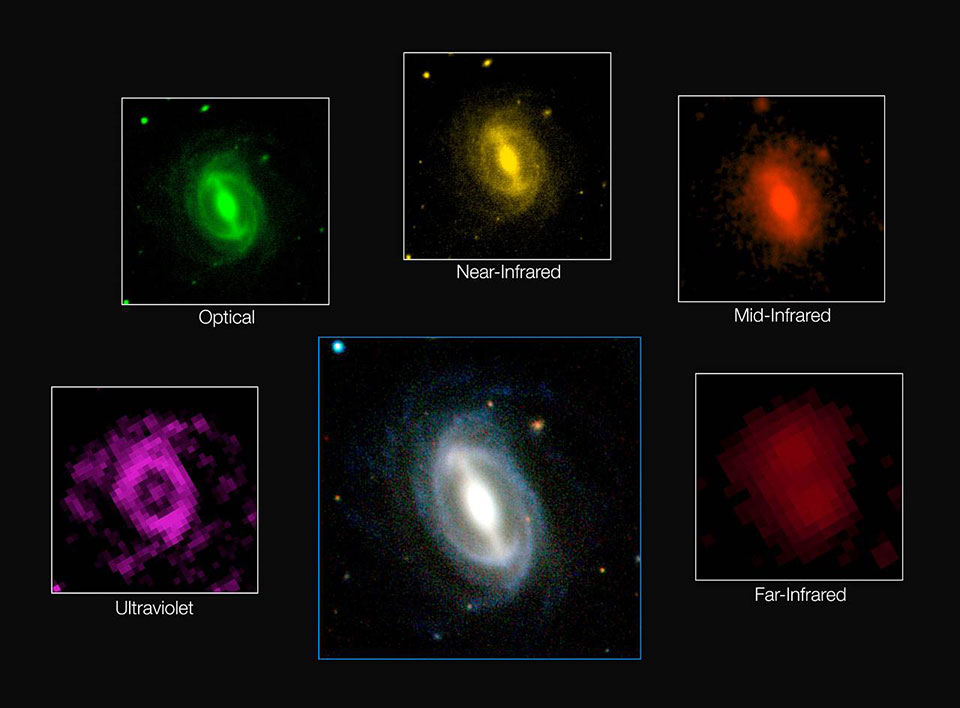Hawaii – A Study released on Monday at the International Astronomical Union conference in Hawaii shows that the Universe is producing half as much energy as it did 2 billion years ago, which means it is experiencing a slow death.
After seven years of studies and an international effort to measure both the distance and energy output of more than 200,000 galaxies, the new data from the Galaxy and Mass Assembly Survey (GAMA) showed that the rate of energy production was reducing the same way across all different wavelengths from the far ultraviolet to the far infrared.

According to Simon Driver from the International Centre for Radio Astronomy Research (ICRAR) in Western Australia, the energy is “either absorbed by dust as it travels through the host galaxy, or escapes into intergalactic space and travels until it hits something such as another star, planet, or very occasionally a telescope mirror”.
The astronomer Mehmet Alpaslan, accompanied by the NASA’s Ames Research Center in Mountain View, said that “at some point, all matter will eventually decay” but that the timeline for all this to come to pass is hundreds of trillions of years.

The researches of GAMA used seven of the world’s most powerful telescopes to observe galaxies at twenty-one different wavelengths. Seven observatories, including Europe’s Visible and Infrared Survey Telescope for Astronomy (VISTA) and its VLT Survey Telescope, both at the Paranal Observatory in Chile, contributed to the study. Other data came from NASA’s Wide-field Infrared Survey Explorer (WISE) and its now-defunct Galaxy Evolution Explorer (GALEX) space telescopes, and European Space Agency’s retired Herschel space telescope.
Scientists have known since the late 1990s that the universe is slowly fading, but the GAMA study is the first to study a large number of galaxies and give more clear results. Astronomers plan to use the GAMA data for other studies to understand the different types of stars from and evolve in different kinds of environments.
Source: GAMA
